Leadership & Management: Improving Performance & Motivation Strategy
VerifiedAdded on 2023/06/15
|12
|668
|178
Report
AI Summary
This report examines the critical role of leadership and management in aligning individual and organizational goals, focusing on motivational theories and performance management approaches. It discusses process and content theories of motivation, such as Vroom's expectancy theory and Herzberg's two-factor theory, and provides examples of performance management approaches within organizations like Marks & Spencer. The report further explores autocratic, democratic, and situational leadership theories, emphasizing the importance of clear communication and employee motivation for continuous improvement and performance. It recommends implementing both intrinsic and extrinsic motivational strategies to support the achievement of organizational objectives by enhancing employee performance and productivity. In conclusion, the report underscores the significance of effective leadership and management in achieving an organization's vision and mission, highlighting the need for companies to prioritize employee motivation and development.
1 out of 12

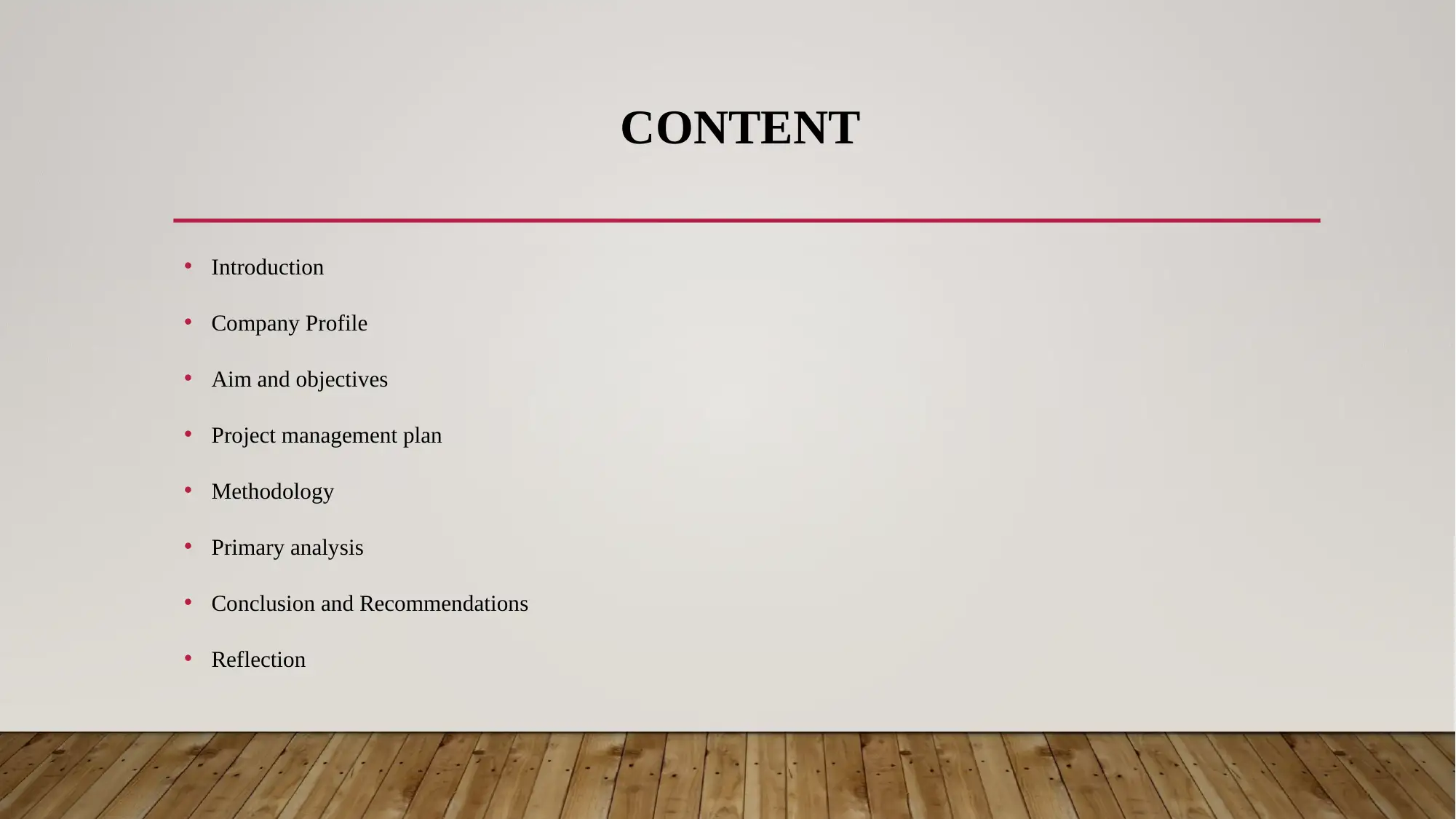
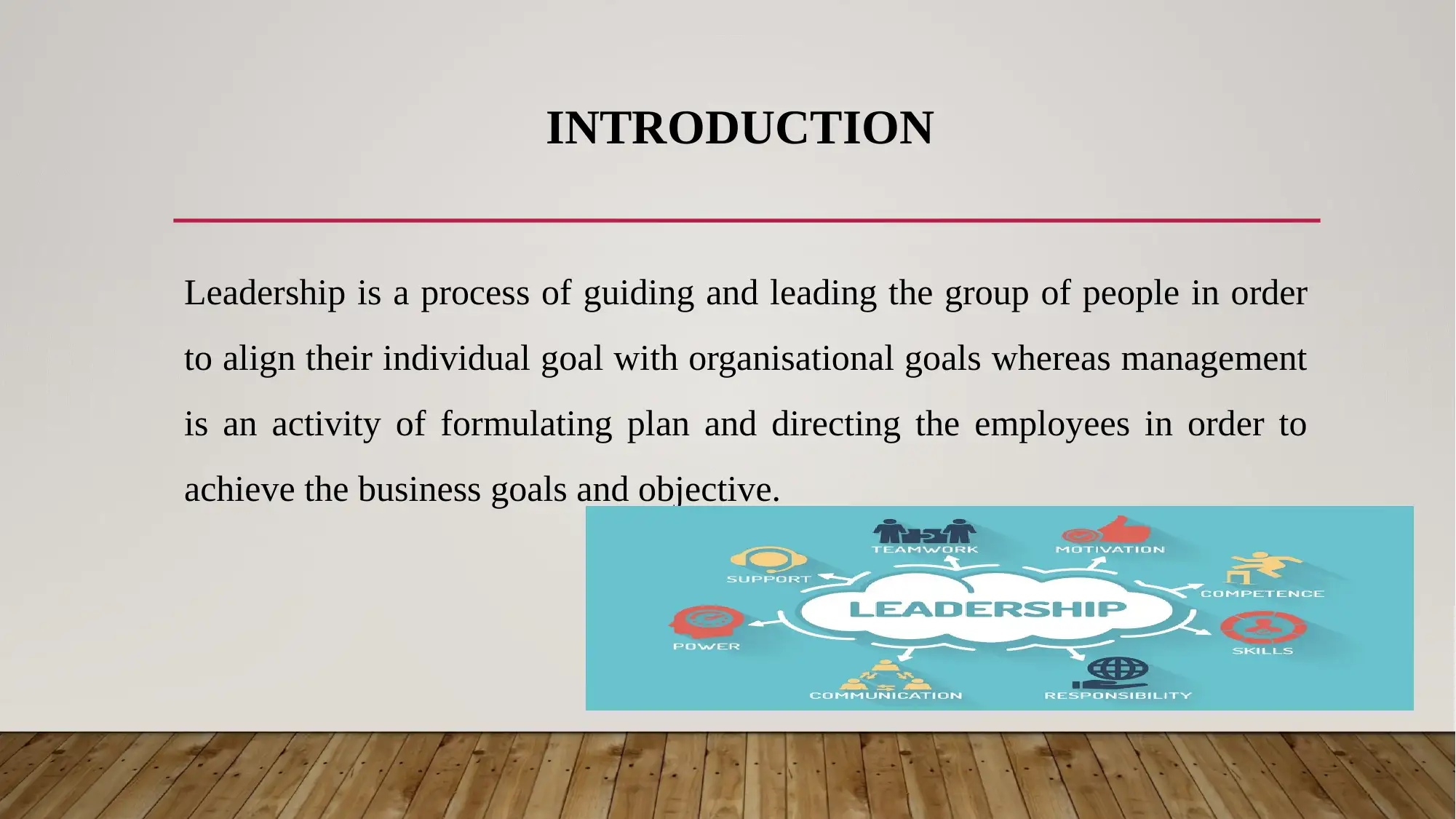

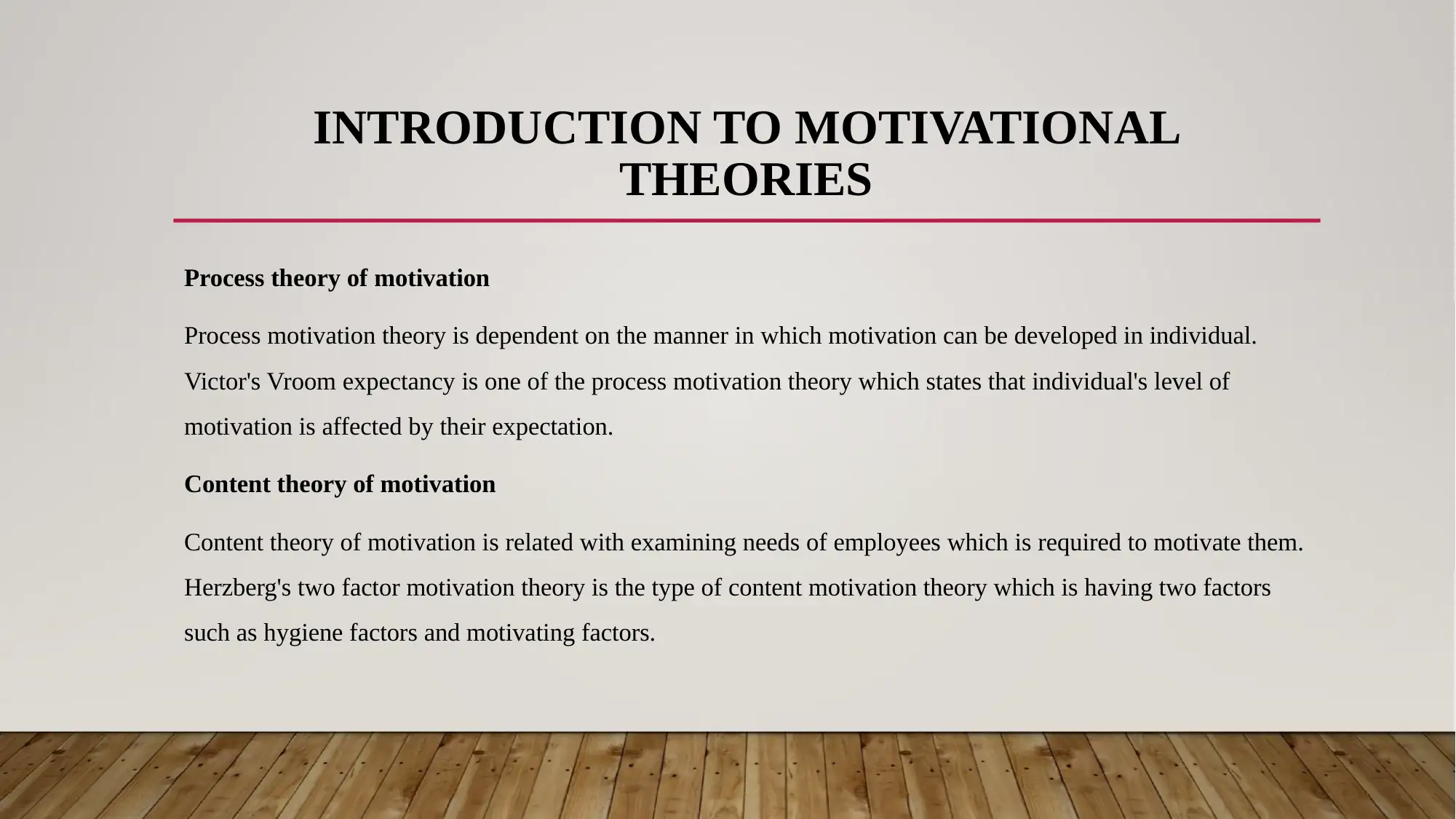
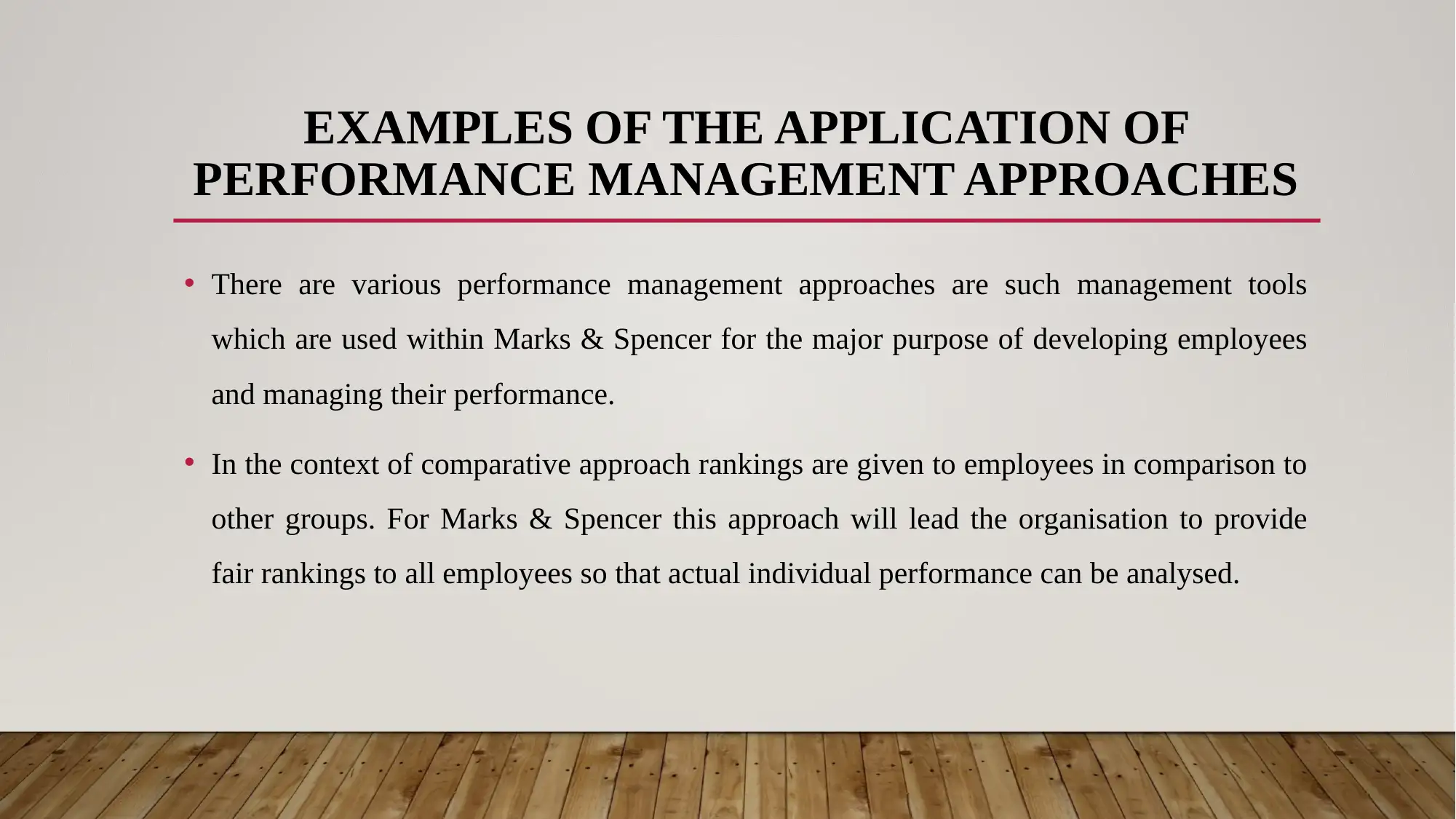
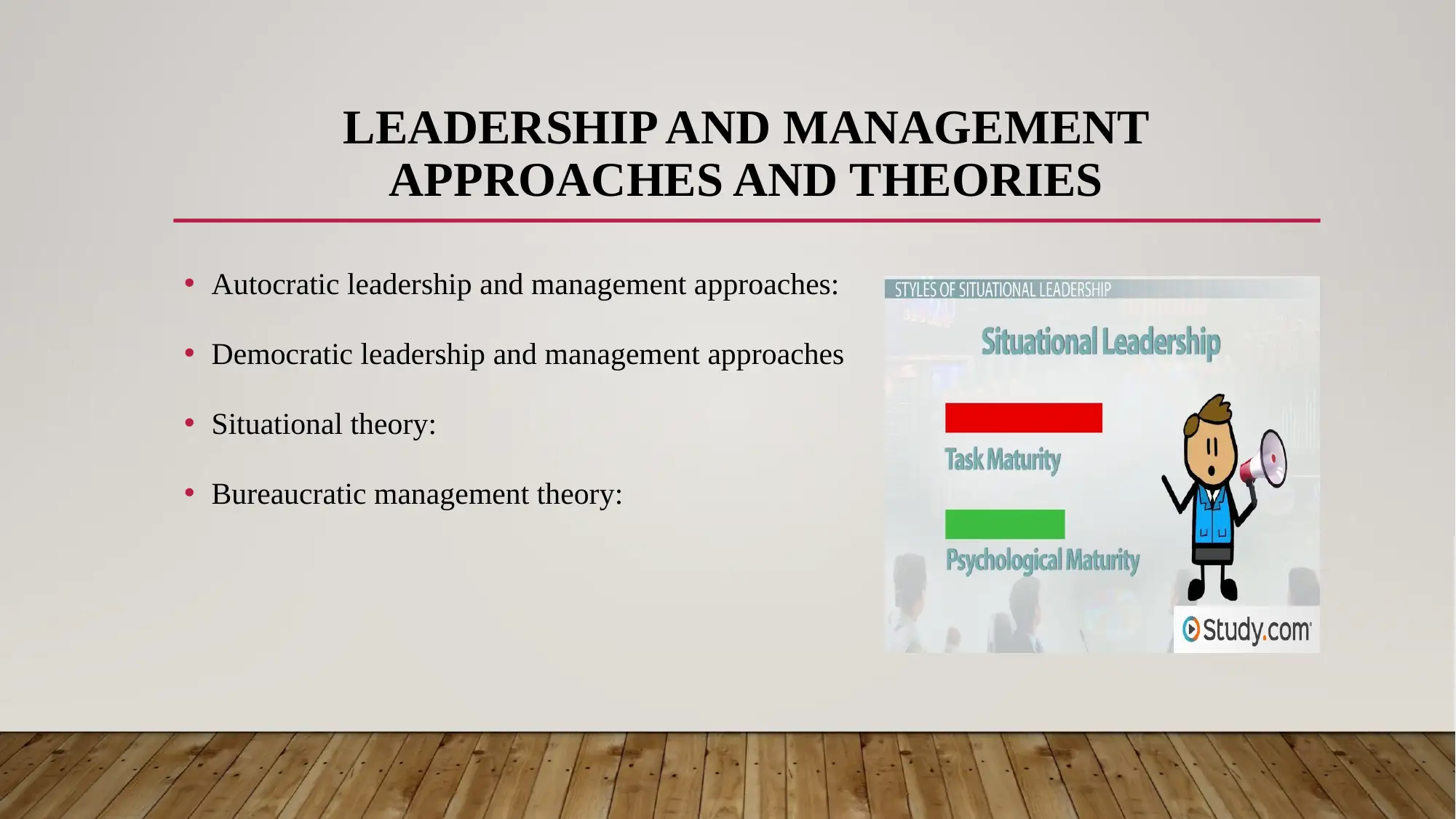
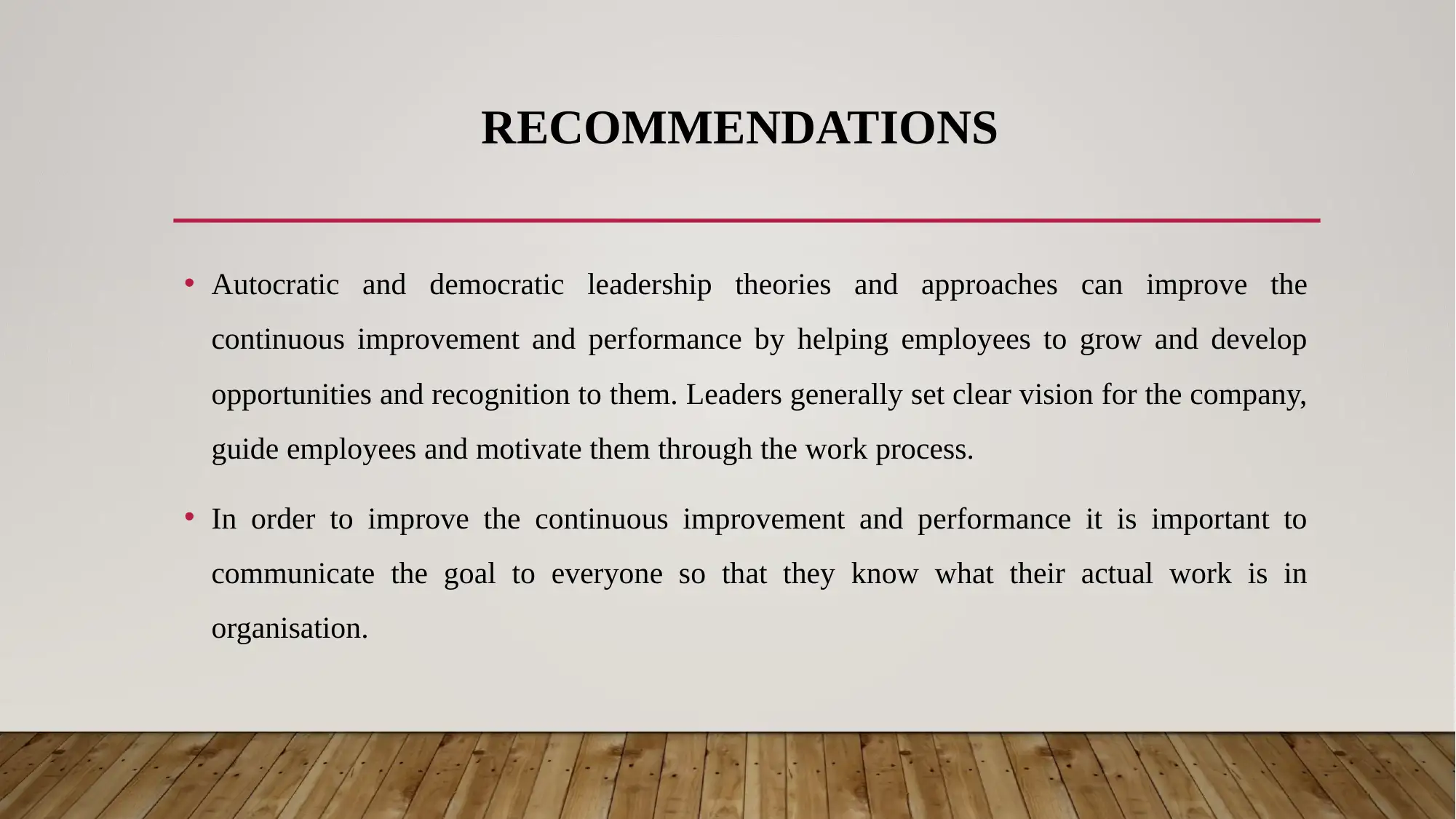
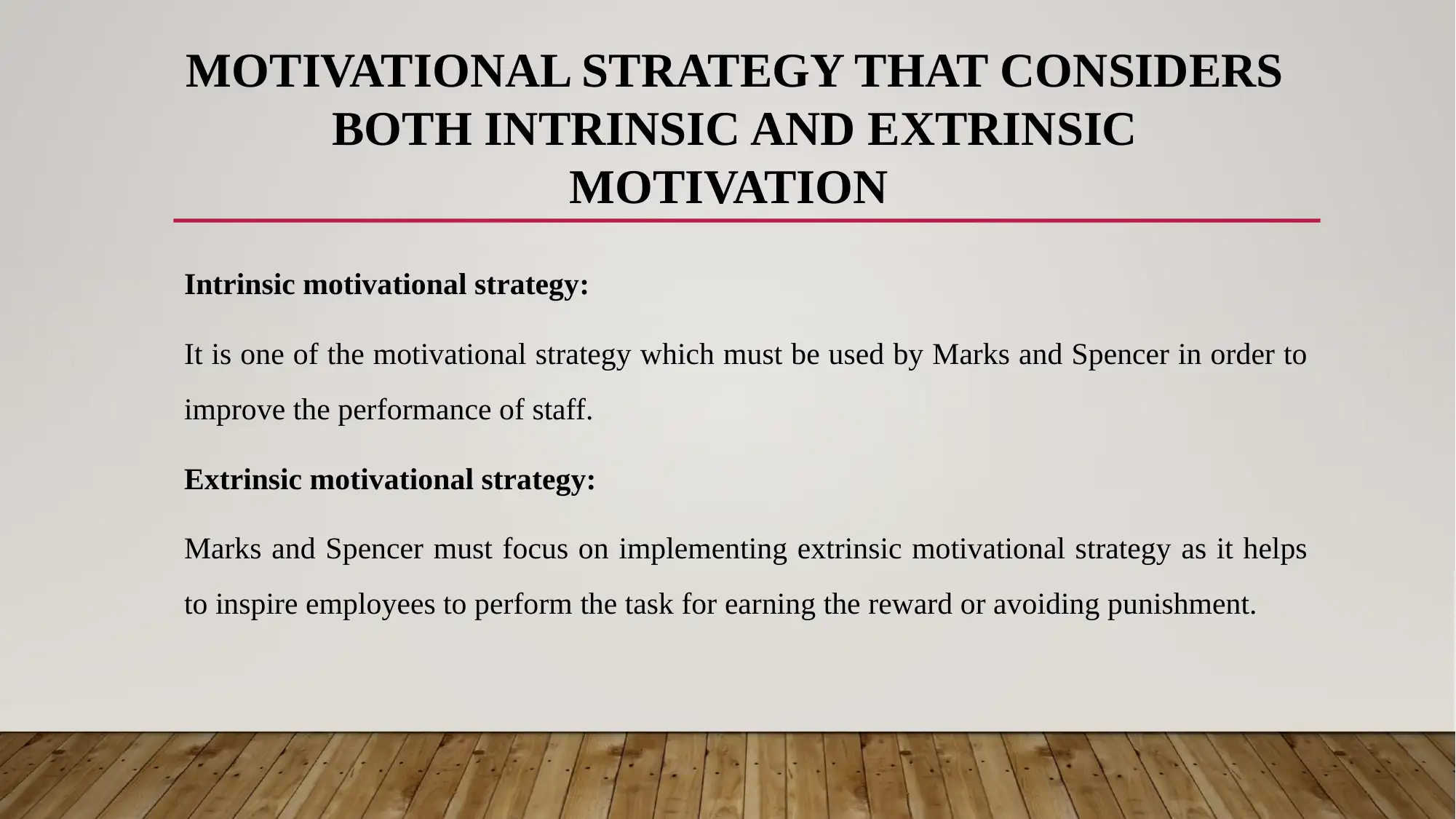
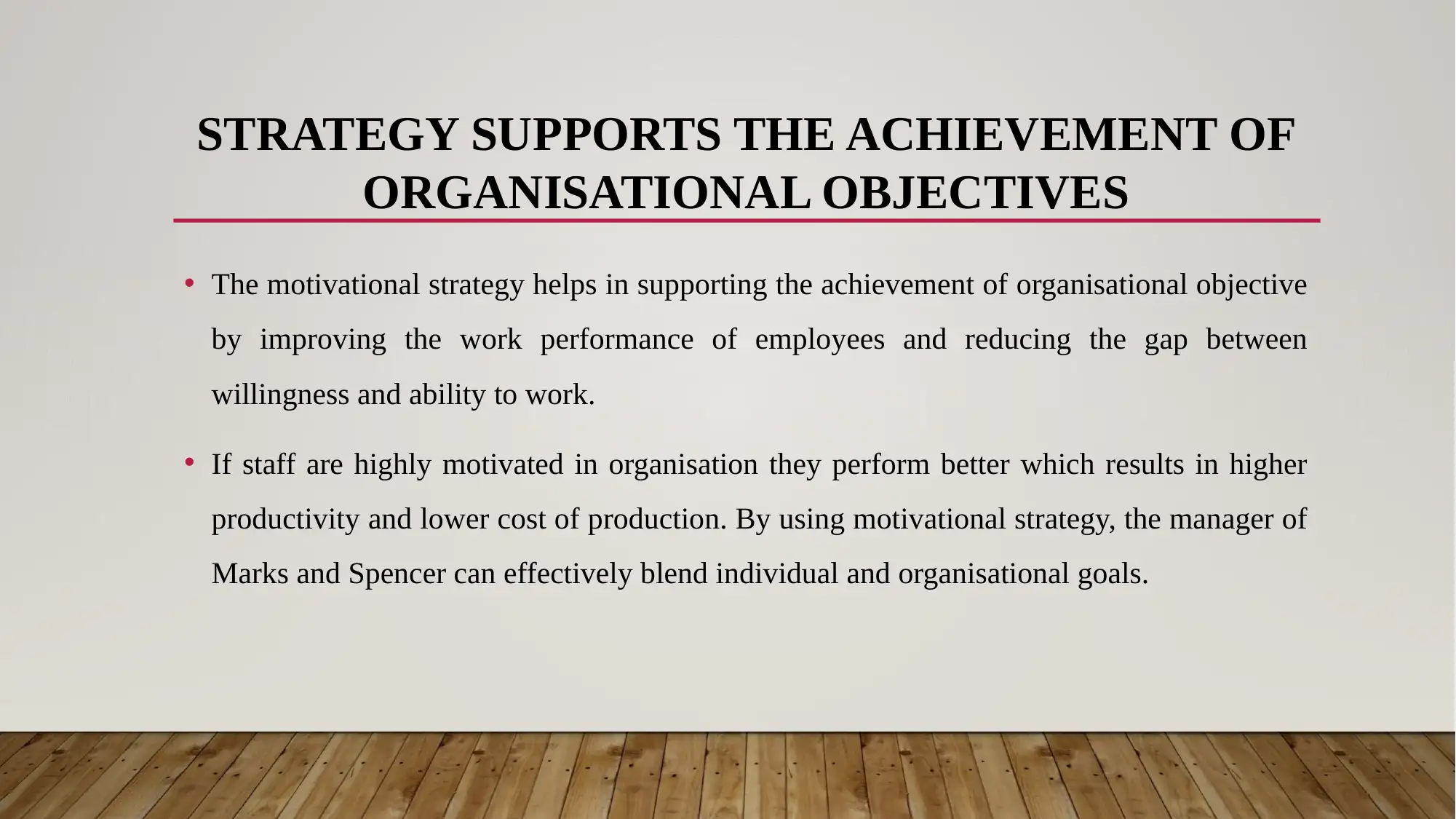
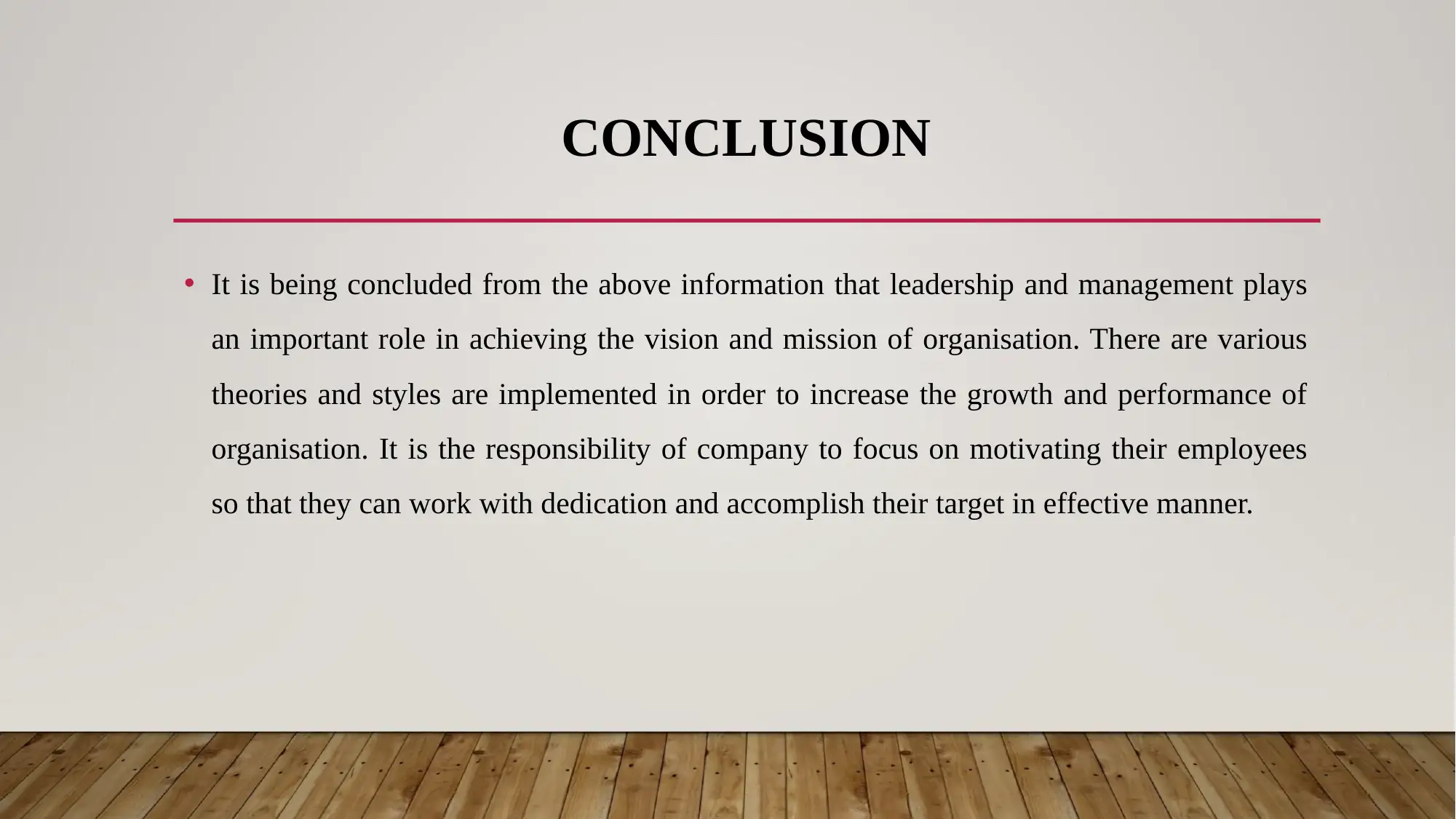






![[object Object]](/_next/static/media/star-bottom.7253800d.svg)